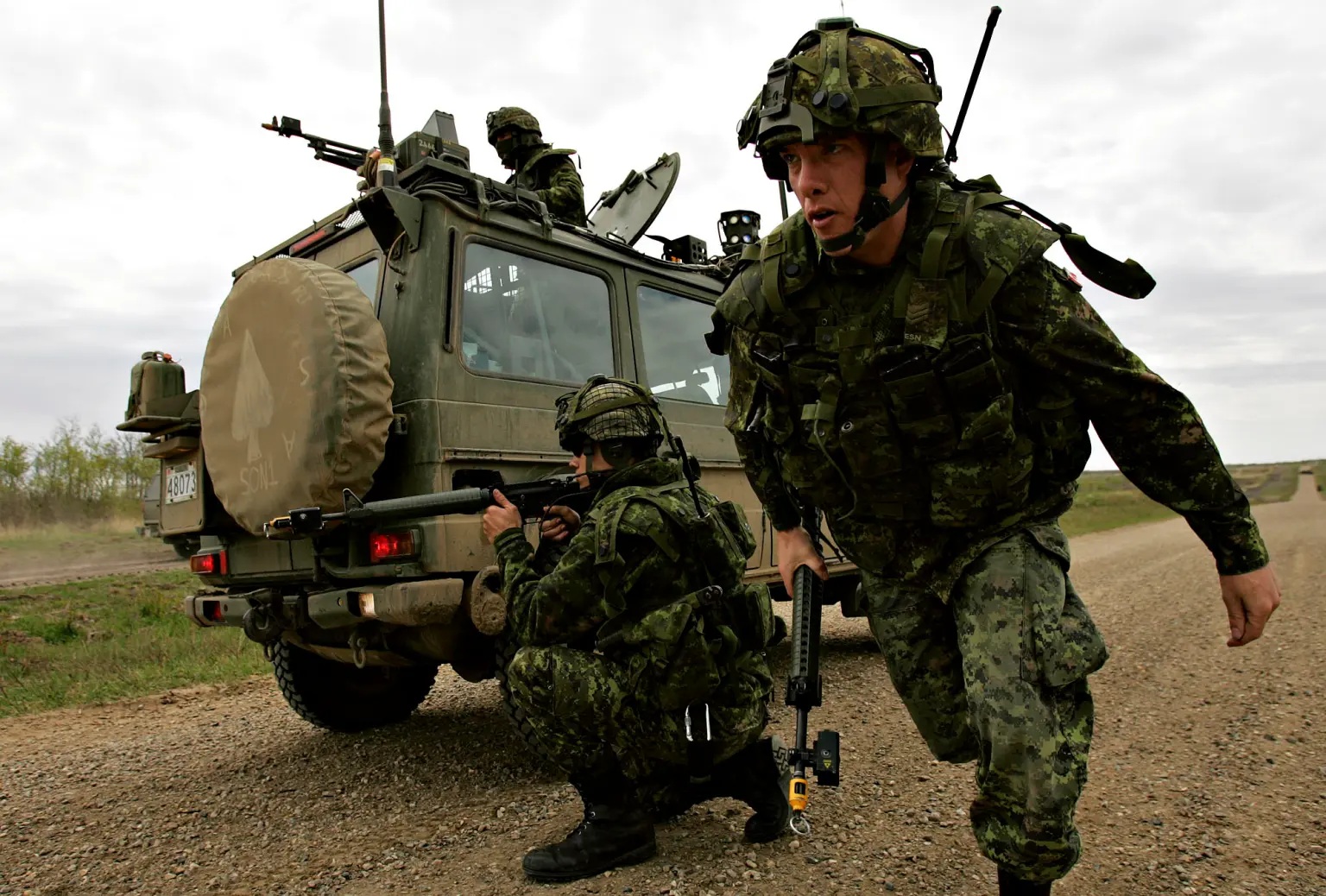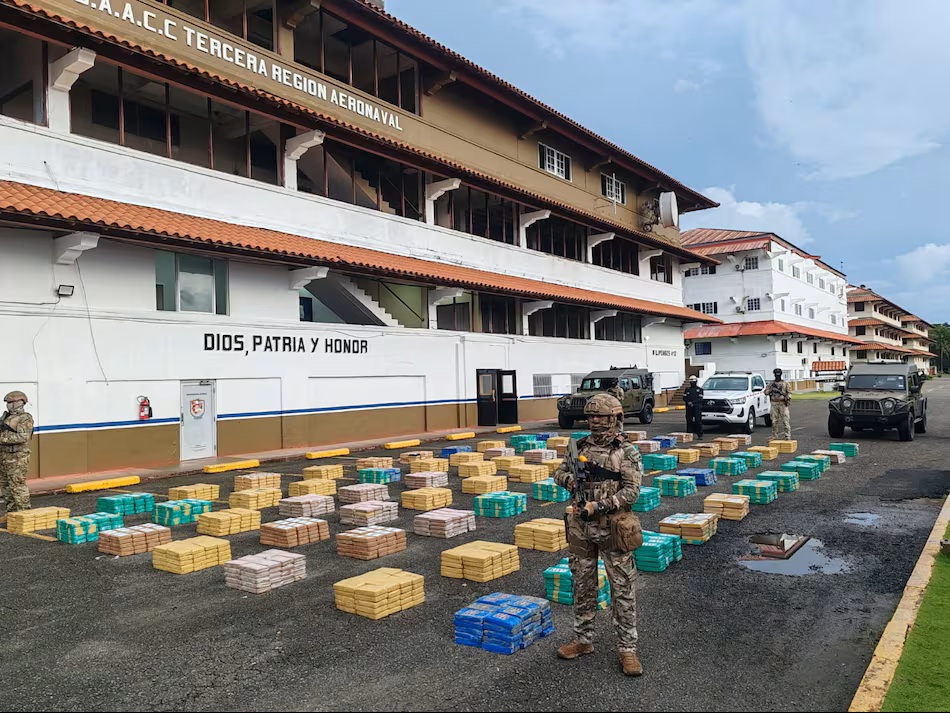Detained N. Korea ship’s captain tried to slit throat

THE WEAPONS found aboard a North Korean freighter before it entered the Panama Canal were up to 60 years old and obsolete says the Cuban government.When they were discovered the captain tried to slit his throat,
 A Cuban Foreign Ministry statement, published in the official newspaper Granma, said that the 240 tons of tons of defensive weapons were "two complexes of Volga and Pechora anti-aircraft missile Nine rockets in parts and pieces, two Mig-21 Bis and 15 engines of this type of aircraft, all manufactured in the middle of the last century to be repaired and returned to our country. "
A Cuban Foreign Ministry statement, published in the official newspaper Granma, said that the 240 tons of tons of defensive weapons were "two complexes of Volga and Pechora anti-aircraft missile Nine rockets in parts and pieces, two Mig-21 Bis and 15 engines of this type of aircraft, all manufactured in the middle of the last century to be repaired and returned to our country. "
Cuba also confirmed that the ship sailed from the island and went to North Korea carrying 10 000 tonnes of sugar.
President Ricardo Martinelli personally inspected the discoveries and the fuzzy picture that went around the world was Twittered by the president.
Earlier in the afternoon, Panama’s First Drug Prosecutor, Javier Caraballo said he had not ruled out other finds in unopened holds of the Chong Chon Gang.
According to Caraballo, charges, are being formulated against the 35 crew of the freighter.
The story has attracted the attention of media around the world and Thomson Reuters has published an extensive summary which includes:
 The captain, a North Korean citizen like the crew, tried to slit his throat with a knife, a police official said. The man was in hospital in stable condition, the official added, speaking on condition of anonymity.
The captain, a North Korean citizen like the crew, tried to slit his throat with a knife, a police official said. The man was in hospital in stable condition, the official added, speaking on condition of anonymity.
Ben Rhode, a North Korea security expert at Harvard's Kennedy School of Government, suggested the captain's suicide attempt might have been an effort to escape severe punishment by officials in North Korea for failing to carry out his mission.
All 35 members of the crew of the ship, which is called Chong Chon Gang, were arrested after resisting Panamanian orders and are now being questioned at Fort Sherman, a former U.S. Army Base on the Atlantic.
Raul Mulino, the security minister, said that Panama would consult with the United Nations to determine which agency could charge the crew members for smuggling illegal weapons.
An official at North Korea's U.N. mission said nobody was available to comment on the ship.
IHS Jane, a global analytics firm, said it had identified the equipment shown in the images as an SNR-75 'Fan Song' fire control radar for the SA-2 family of surface-to-air missiles.
The radar, built by Russian weapons manufacturer Almaz-Antey was first used during the Vietnam war,
 More recently, the relatively cheap and simple system has been put to use in the Middle East and Africa.
More recently, the relatively cheap and simple system has been put to use in the Middle East and Africa.
A U.S. official said the most likely explanation for the cargo was that Cuba was sending missile system parts to North Korea for an upgrade, and sending sugar with them to pay for the work. A security official said Panama had asked U.S. experts to help inspect and identify the weapons.
U.S. Representative Ileana Ros-Lehtinen, the Florida Republican who heads the House subcommittee on the Middle East and North Africa, called on President Barack Obama'sadministration to cancel migration talks with Cuba this week.
North Korea is under wide-ranging sanctions enacted by the United Nations, the United States and the European Union, including a U.N. ban on all arms exports, due to its nuclear program.
"Shipments of arms or related materiel to and from (North) Korea would violate Security Council resolutions, three of them as a matter of fact," said U.S. Ambassador Rosemary DiCarlo, president of the U.N. Security Council this month.
"Obviously this shipment, if it's confirmed to have what we suspect, would be of interest to the (U.N. North Korea) sanctions committee," she told reporters in New York.
Previous violations of sanctions included North Korean shipments of arms-related material to Syria in November 2010 and rocket fuses for Iran in 2008.
The ship, built in 1977, was tracked leaving Port Vostochny, in Russia's far east, on April 12, according to Lloyd's List Intelligence, a maritime intelligence company. It was next registered arriving in Balboa, on the Panama Canal's Pacific side, on May 31, and crossed the waterway the next day heading for Havana.
It then disappeared from the tracking system and reappeared in Manzanillo, Panama, on July 11, according to shipping data obtained by research group IHS Maritime. IHS said there were indications it had changed cargo in the interim.
In 2010, the Chong Chon Gang was stopped by Ukrainian authorities who found small-arms ammunition and narcotics aboard the vessel, according to Hugh Griffiths, an arms trafficking expert at the Stockholm International Peace Research Institute.
A year earlier, the ship had stopped in Tartus, Syria, home to a Russian naval base, Griffiths added.





